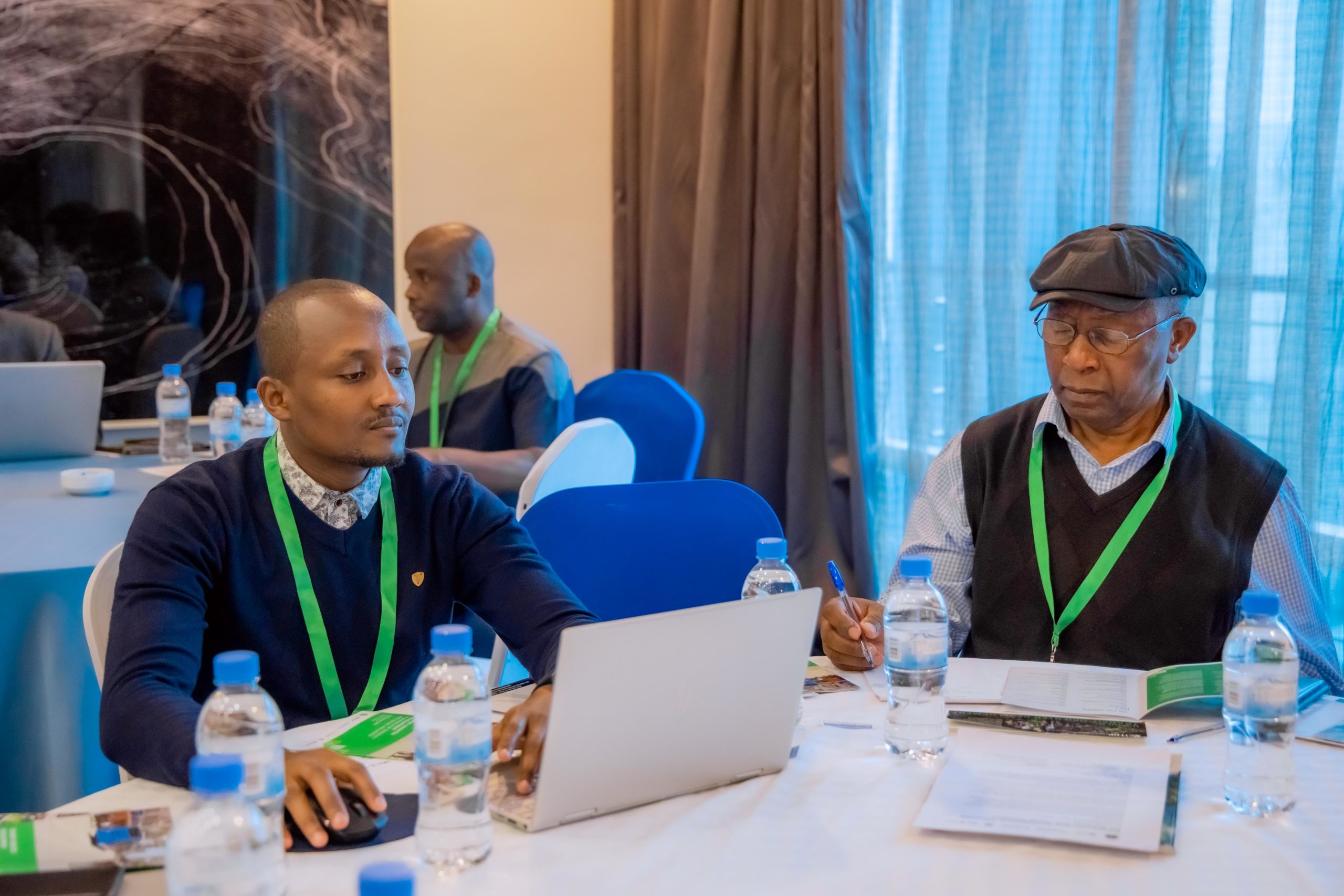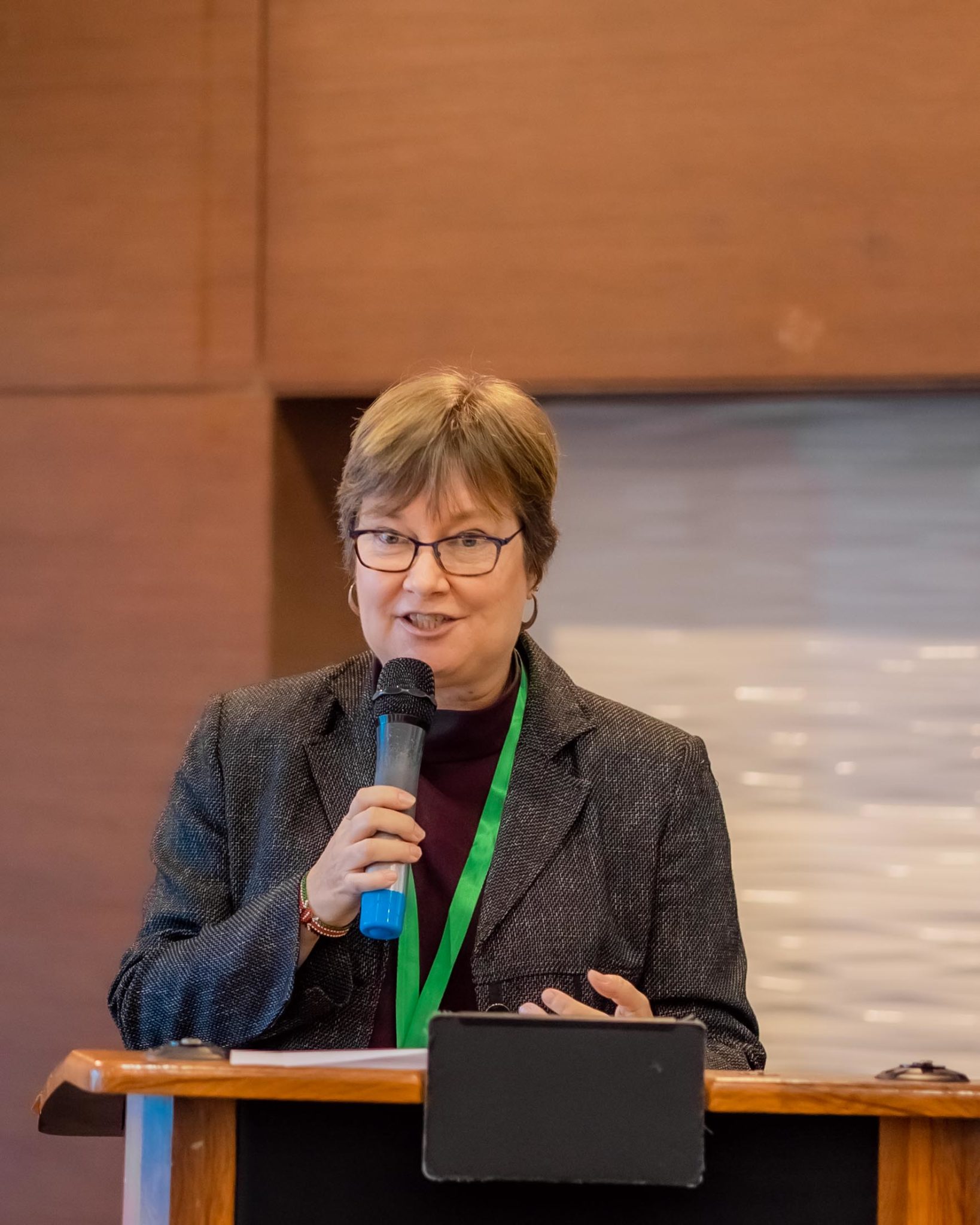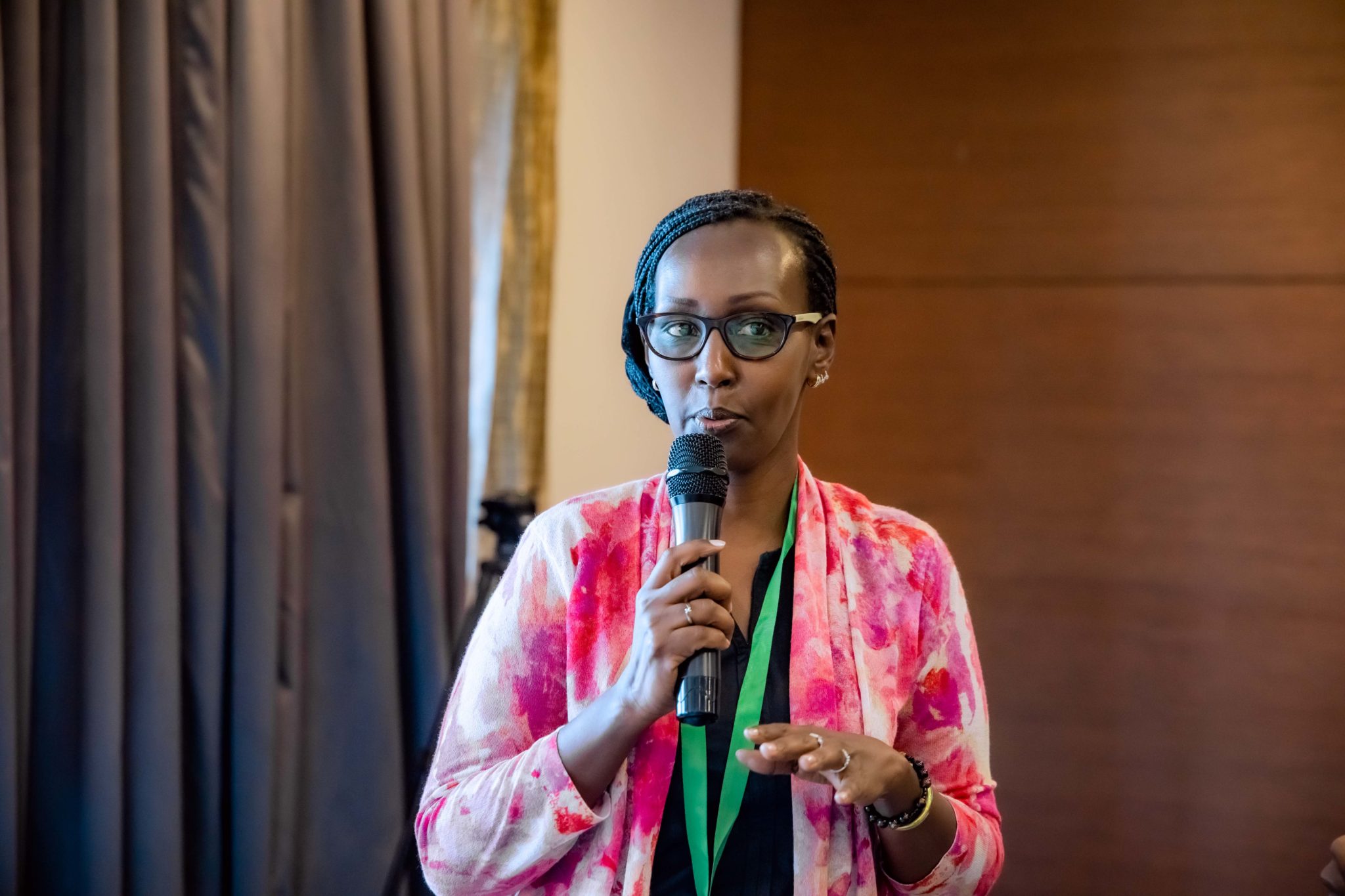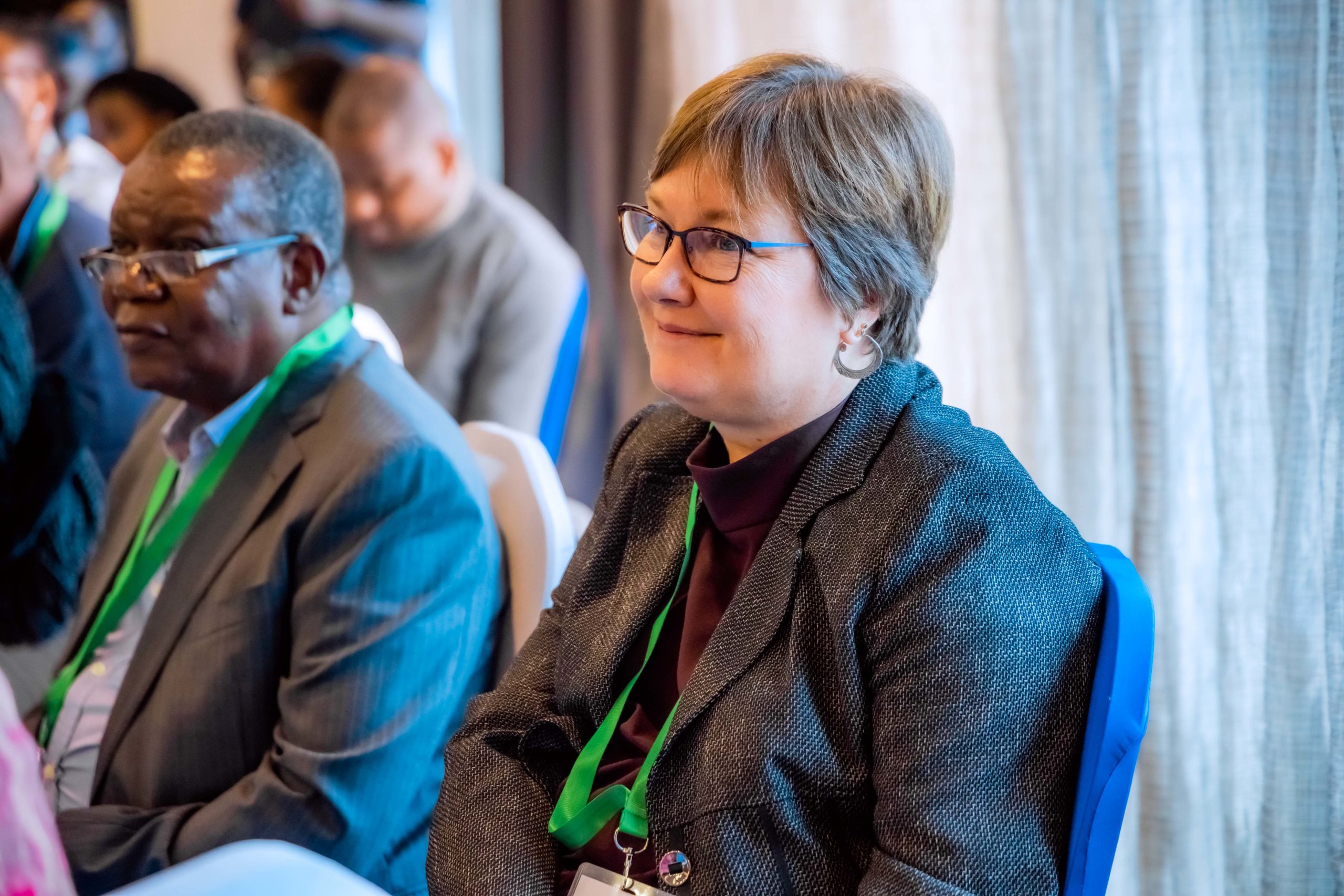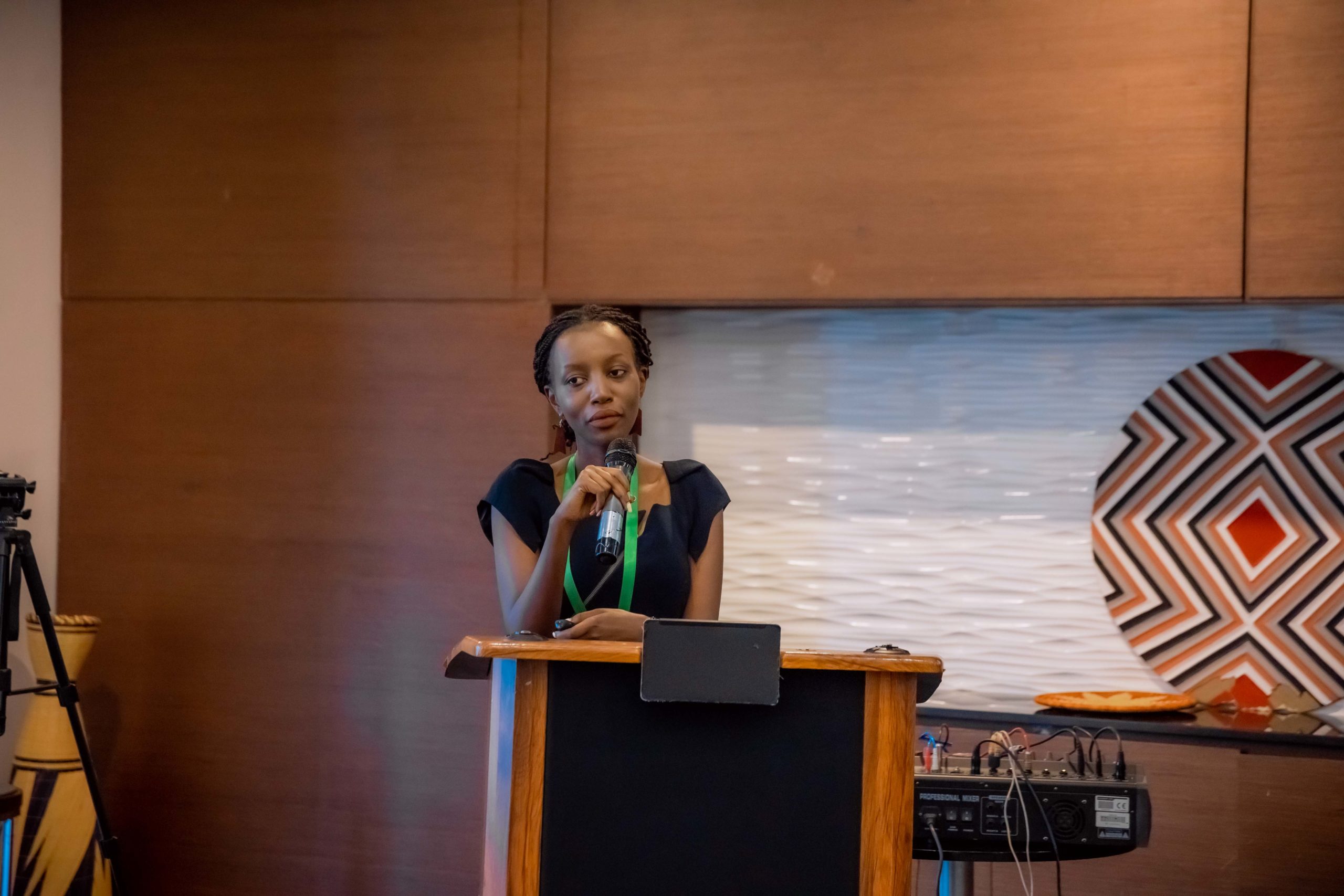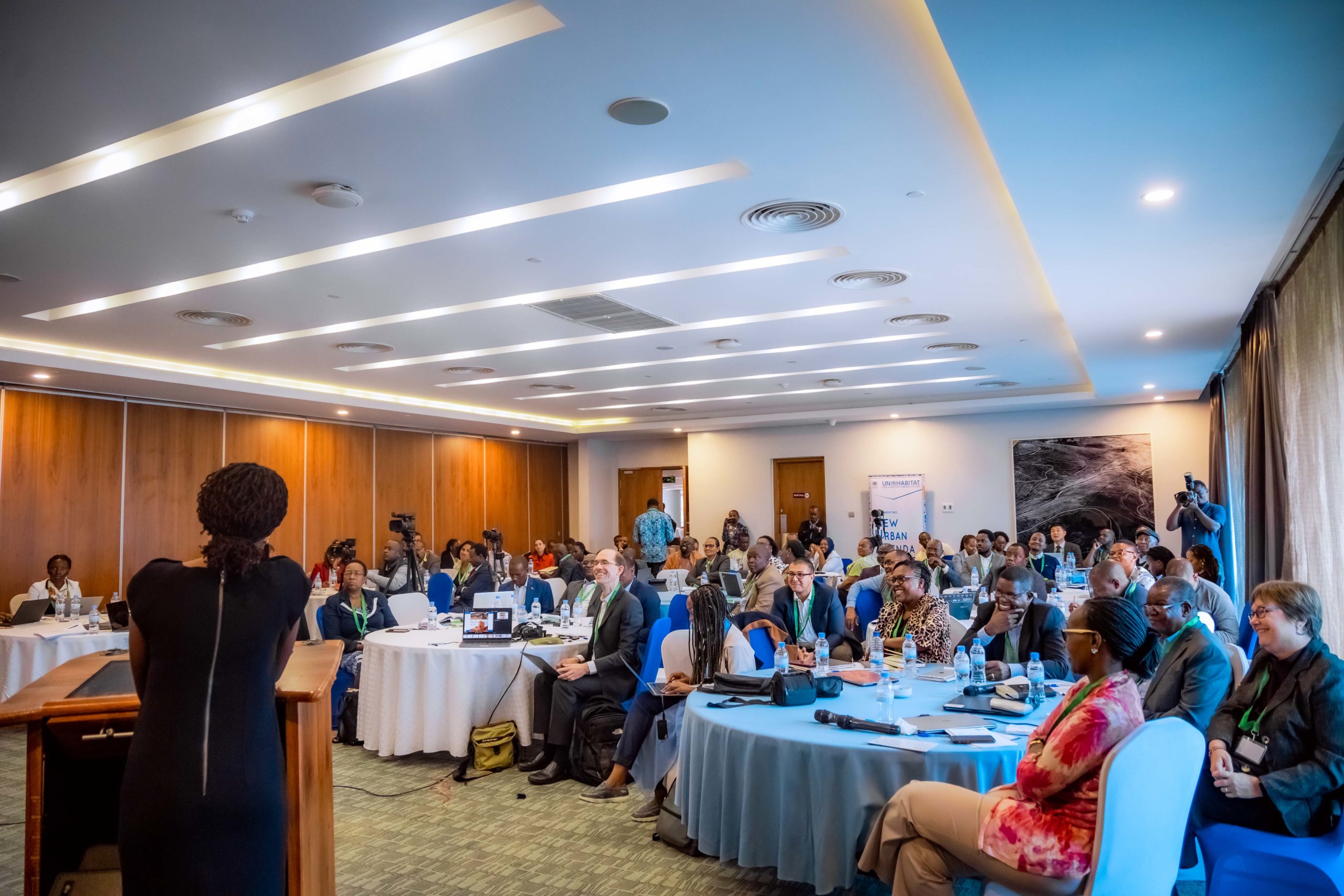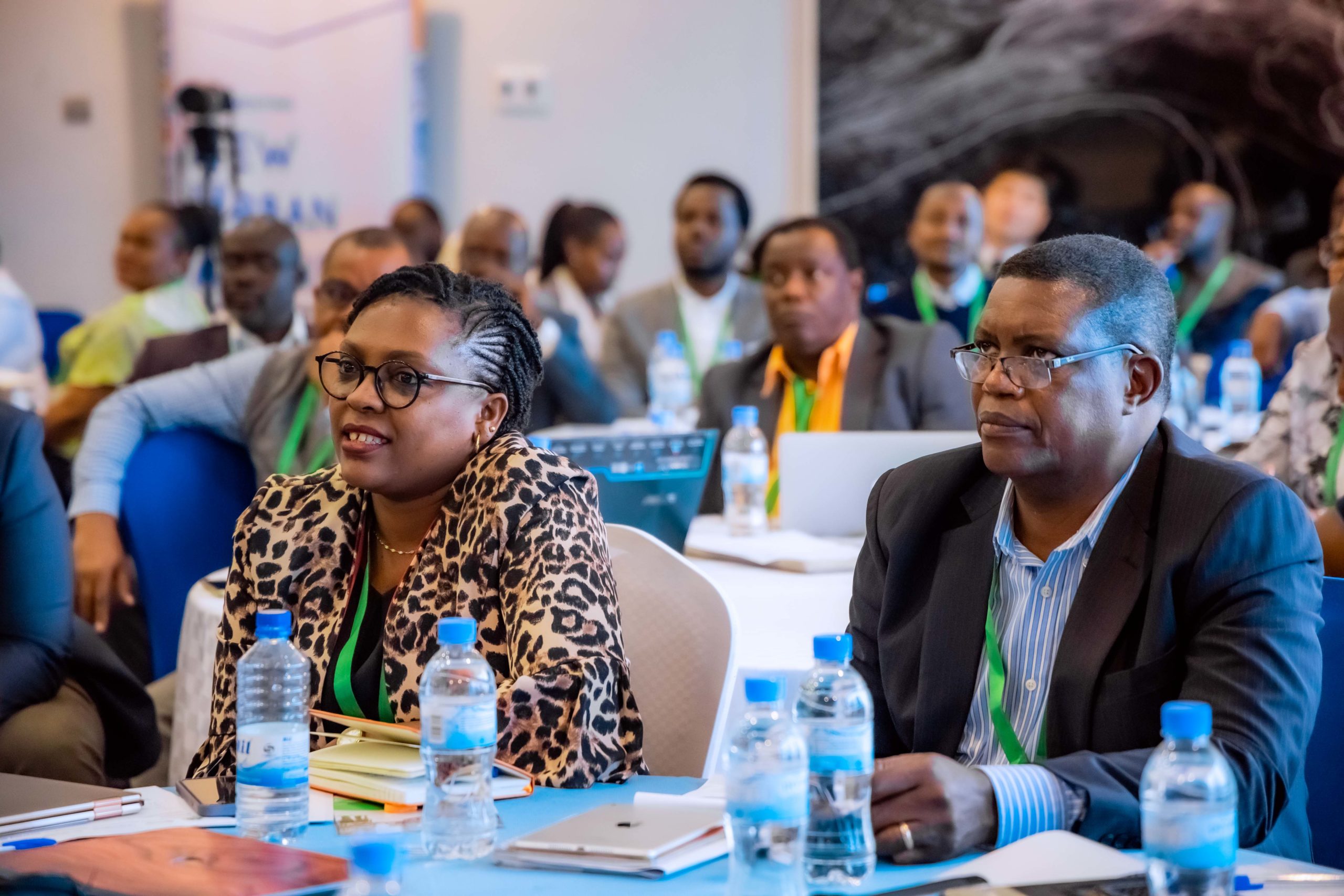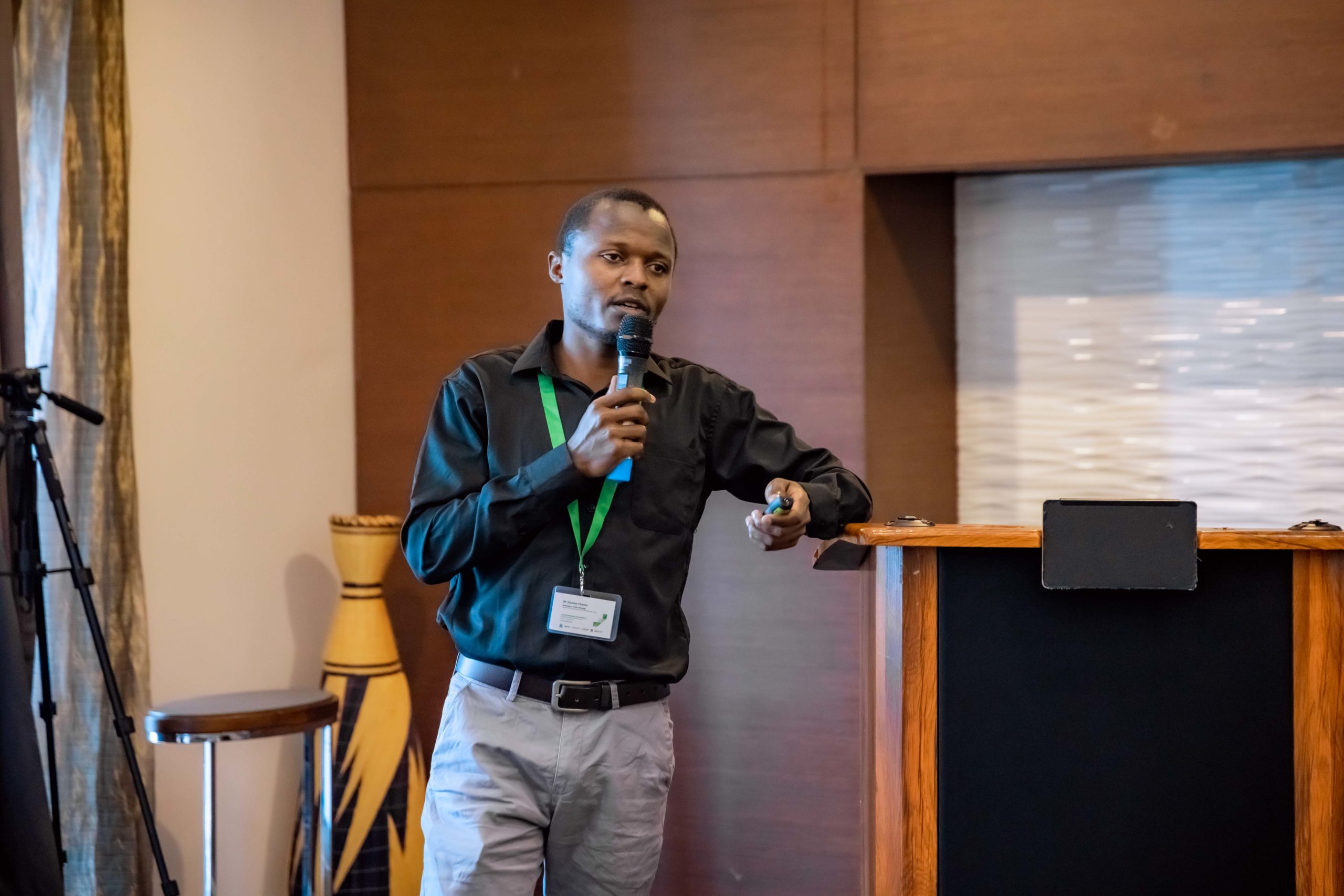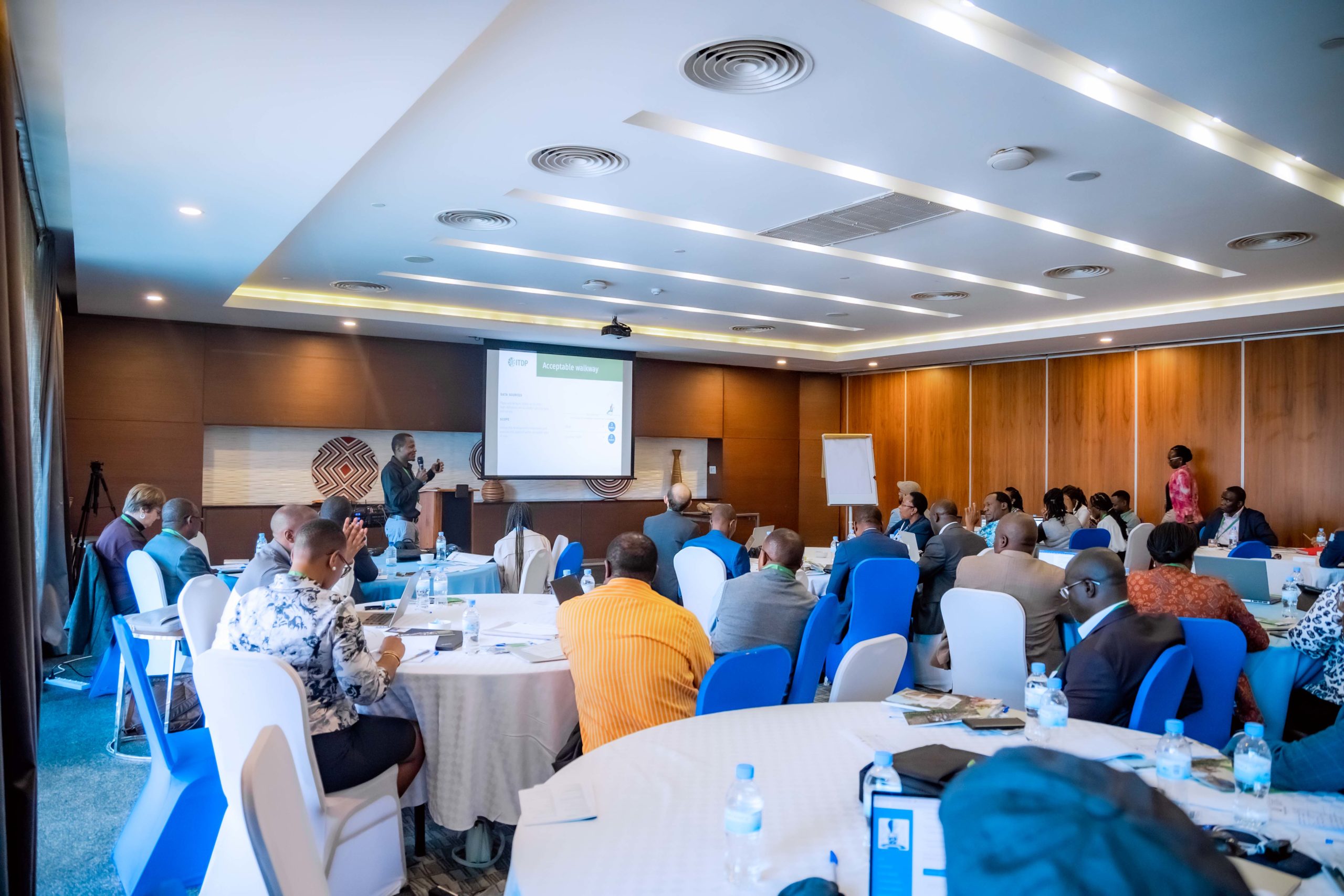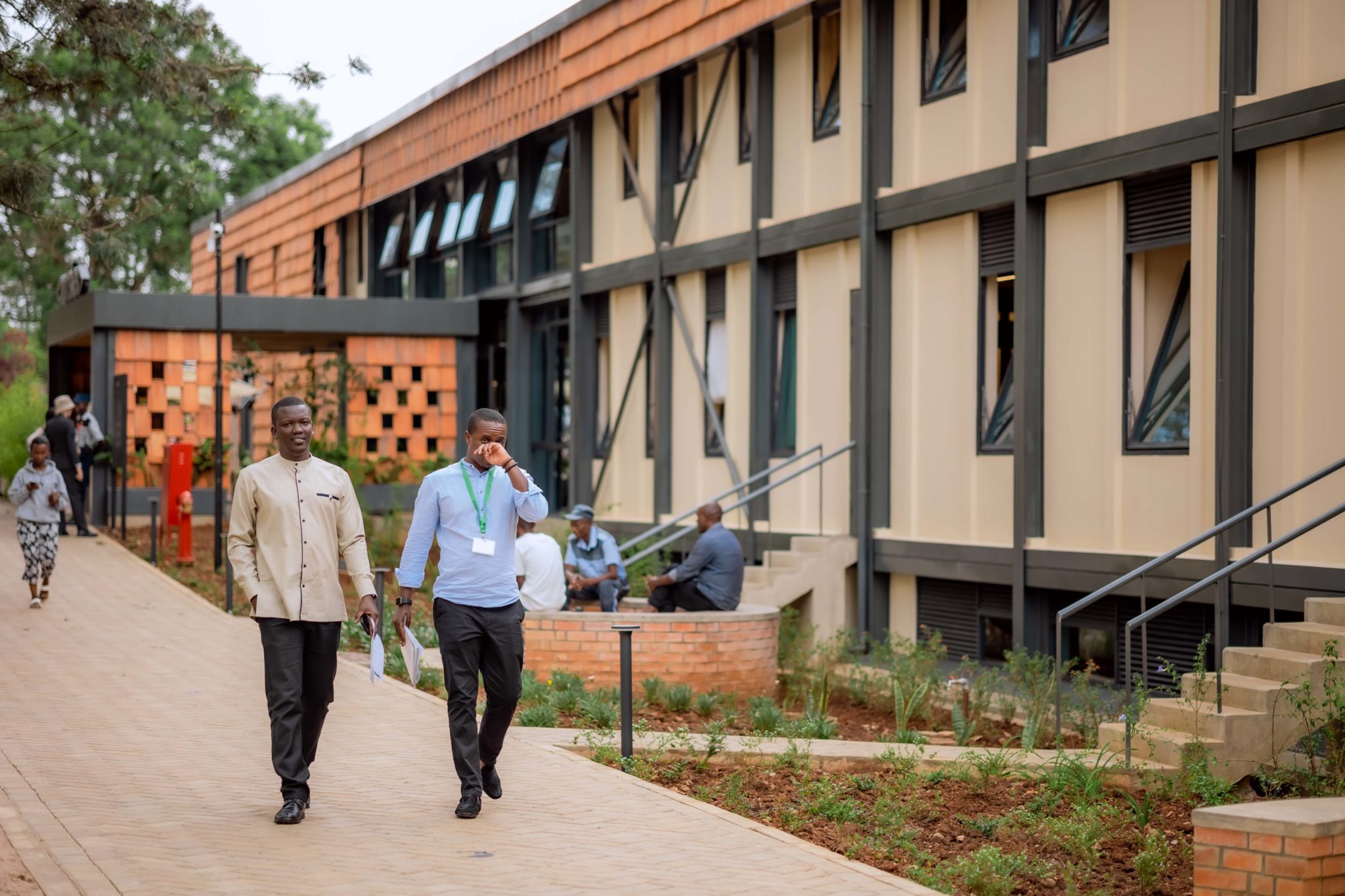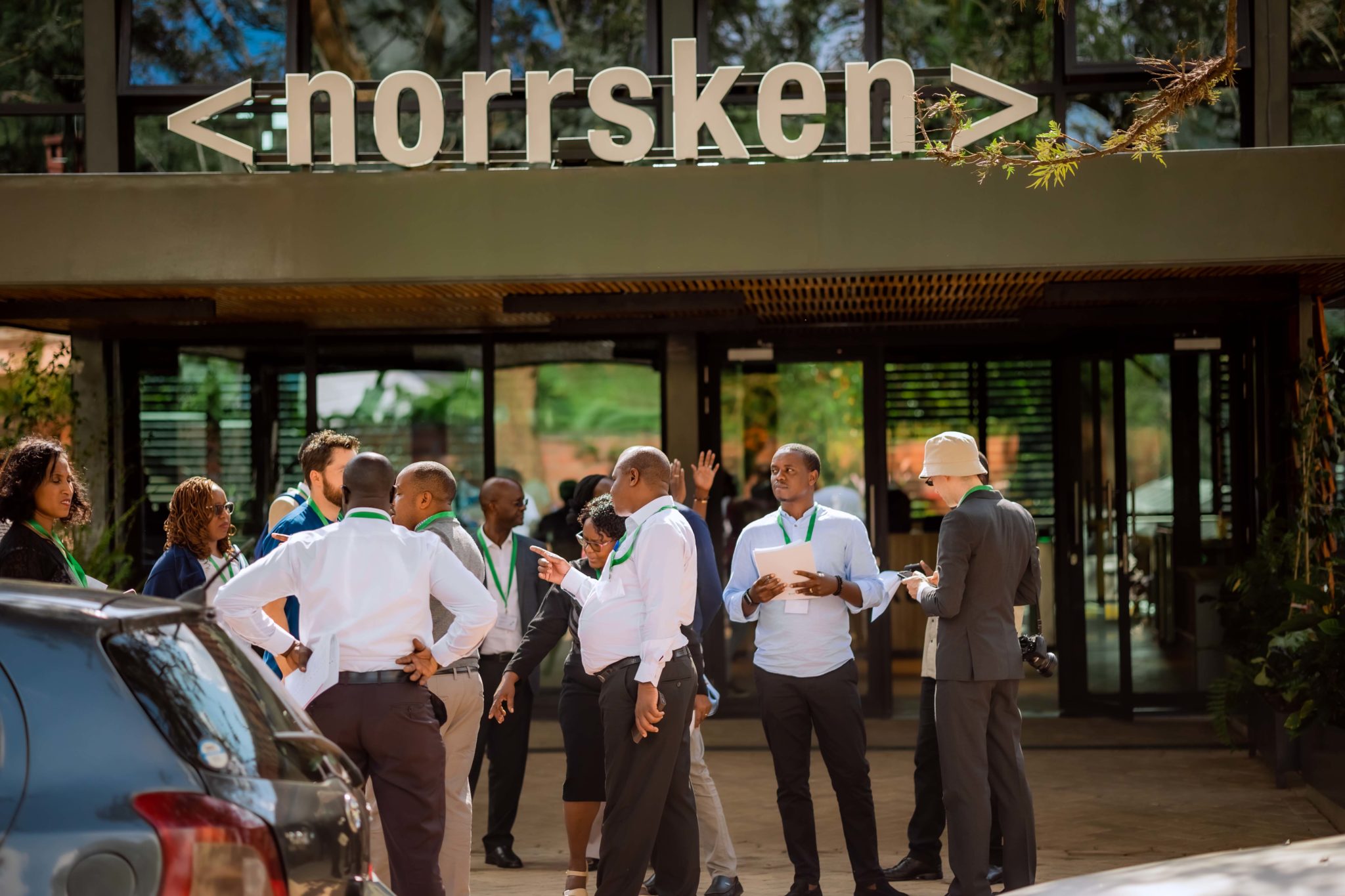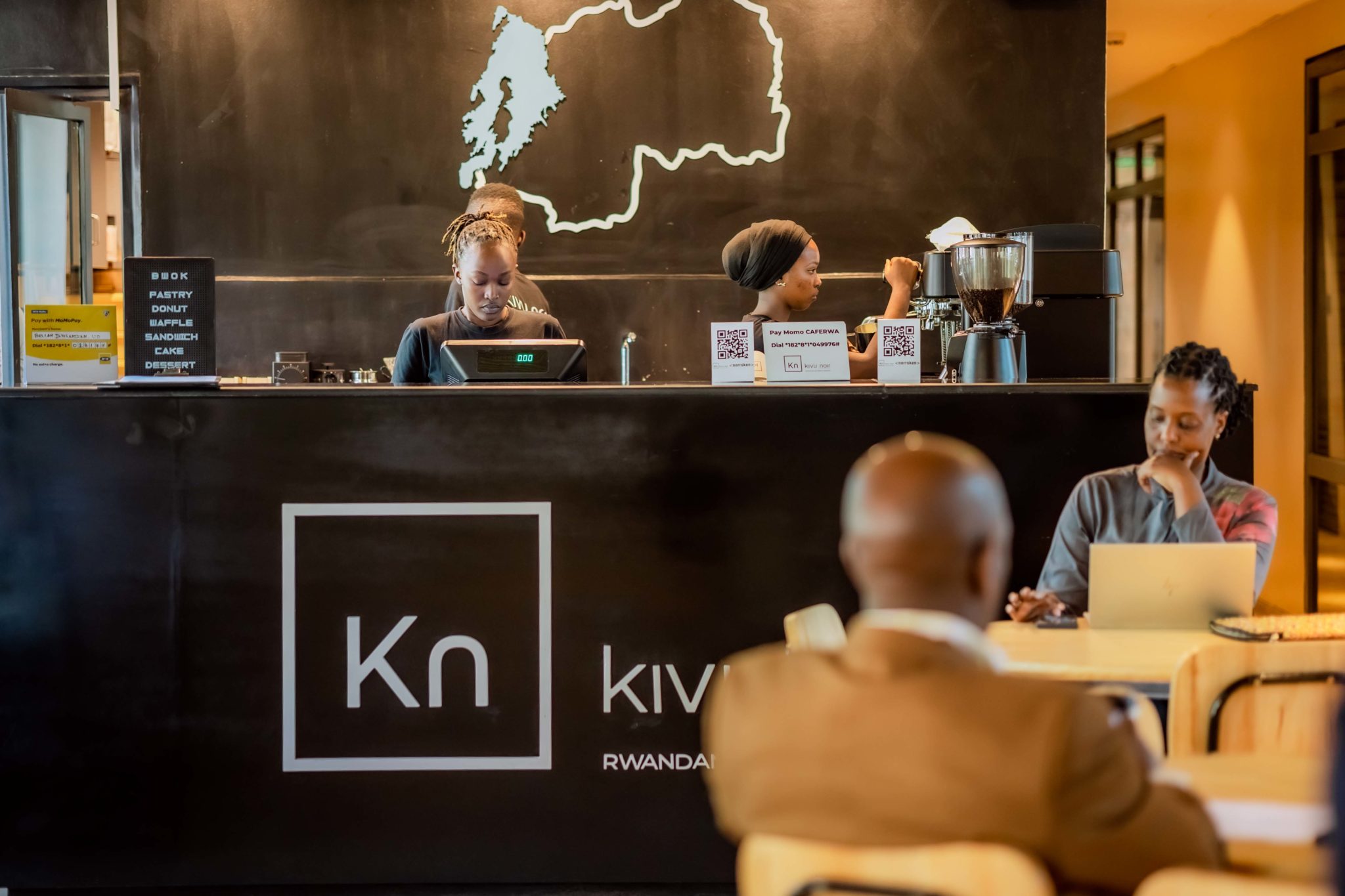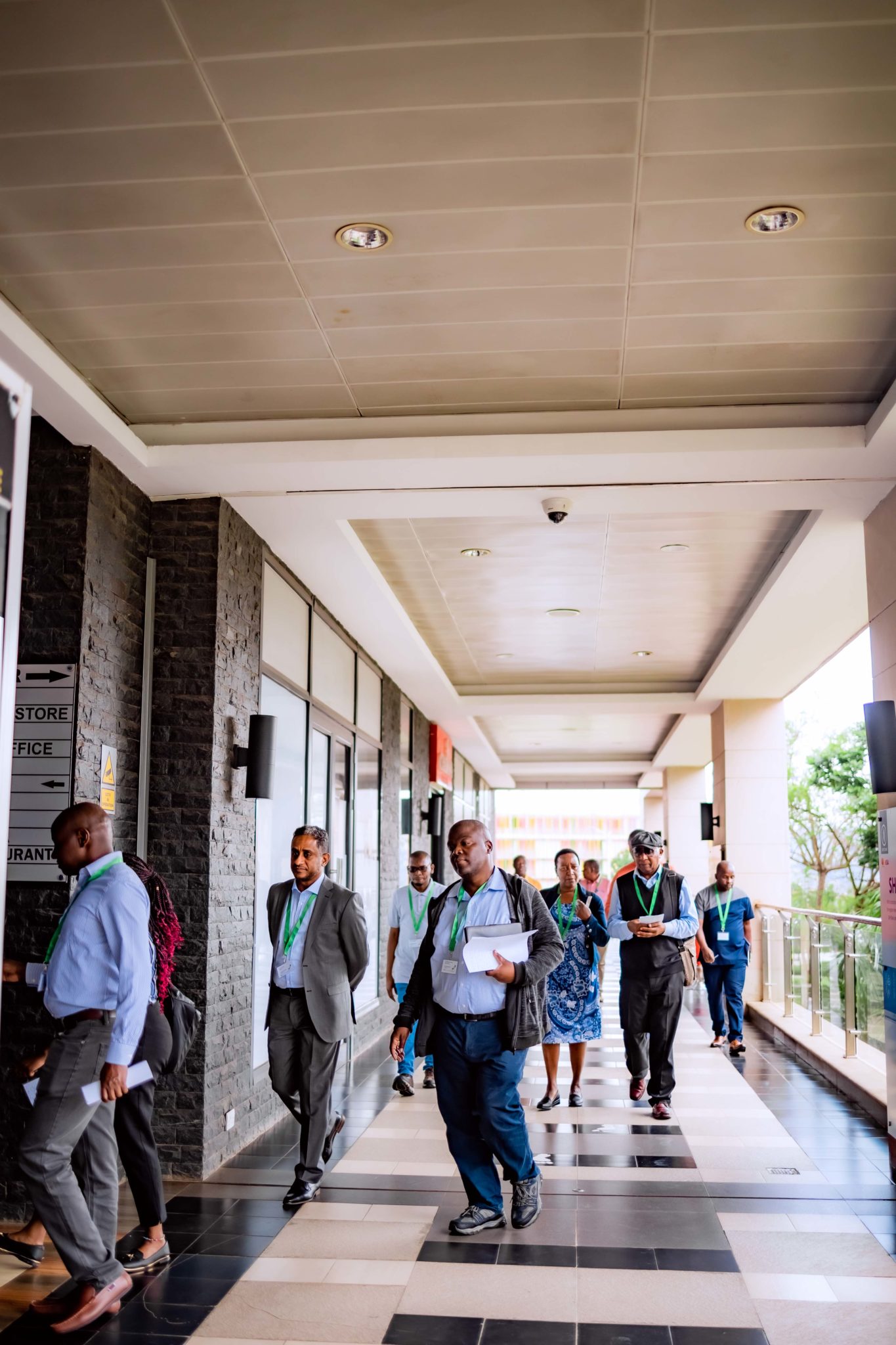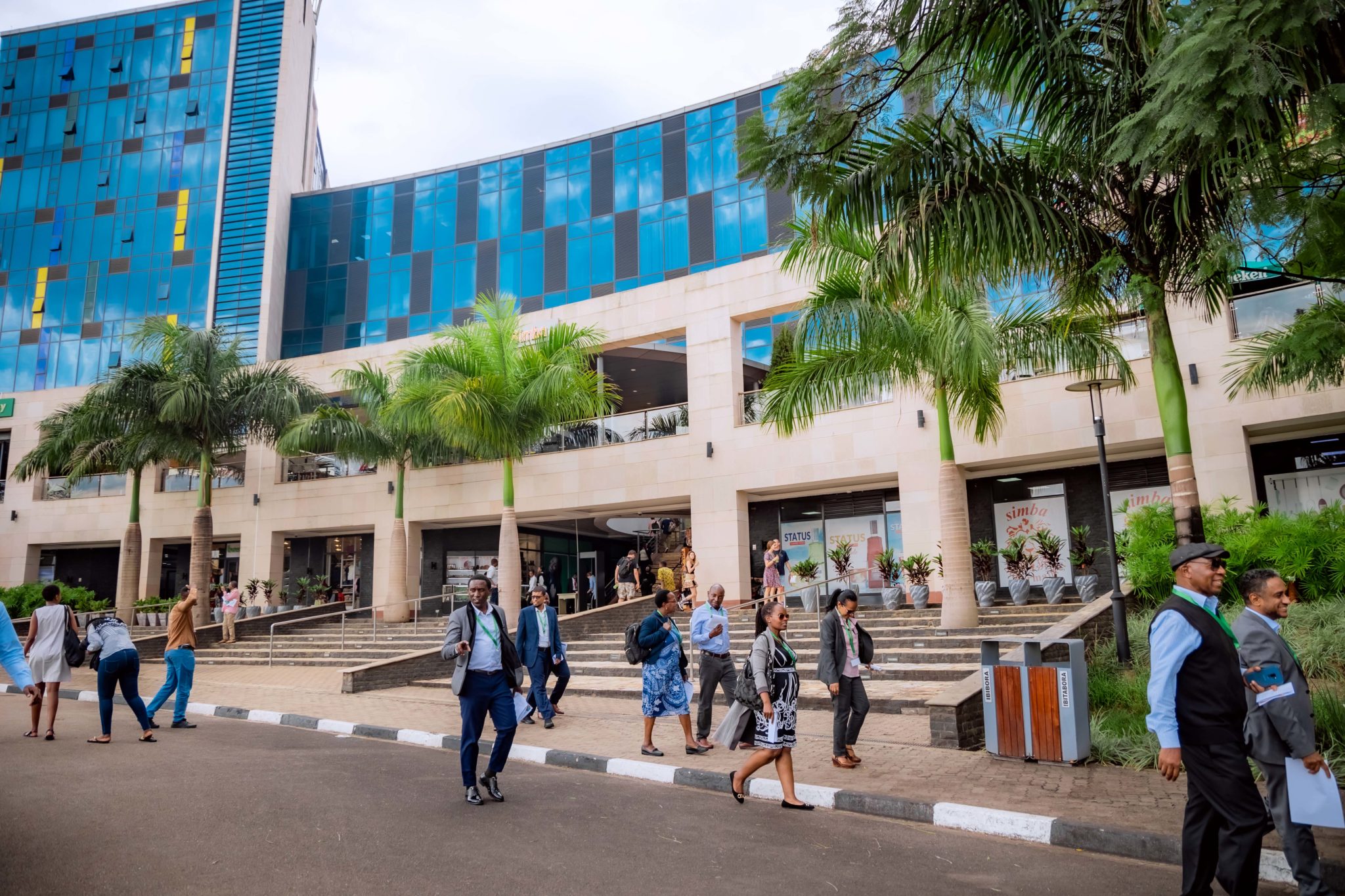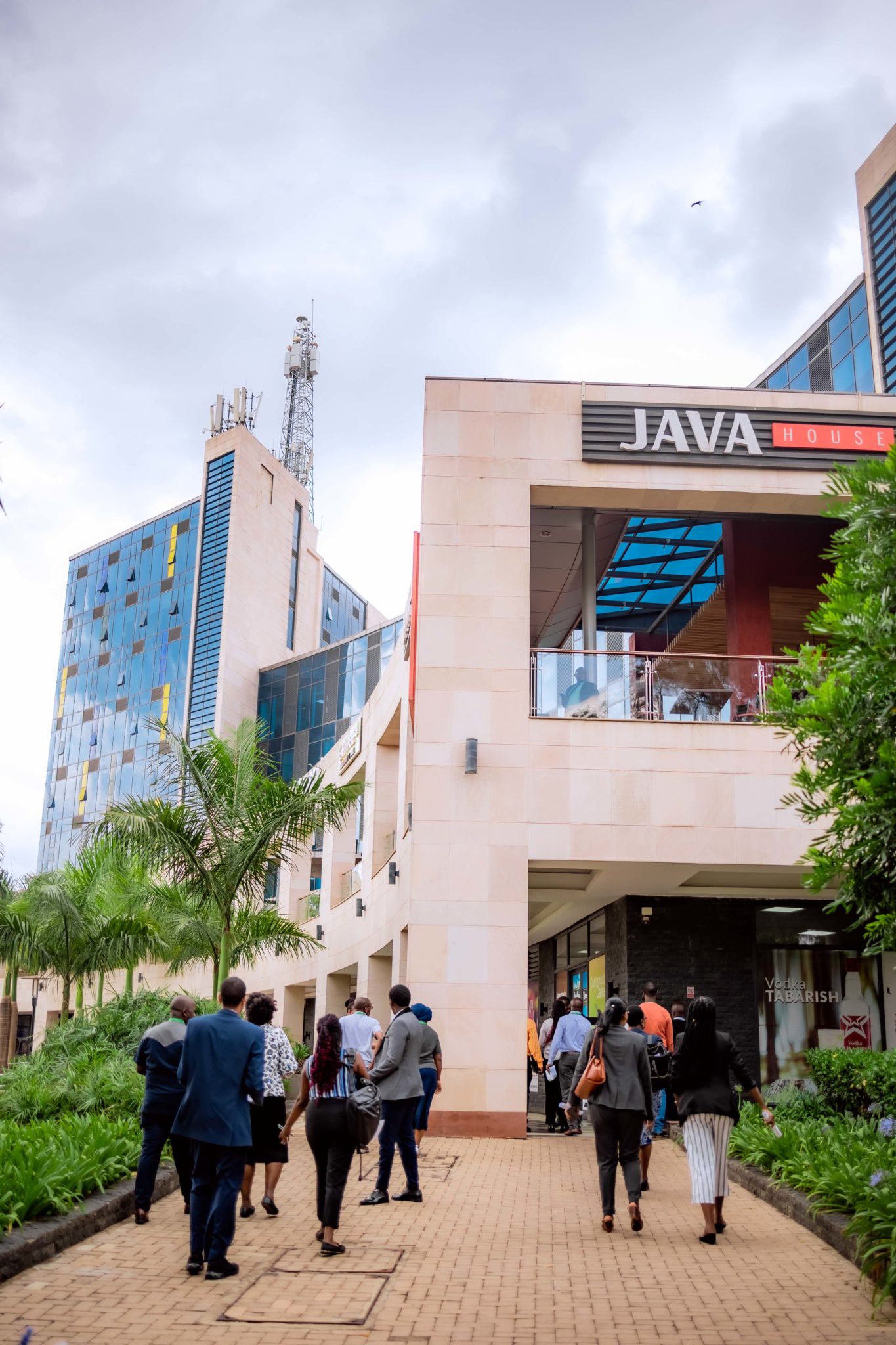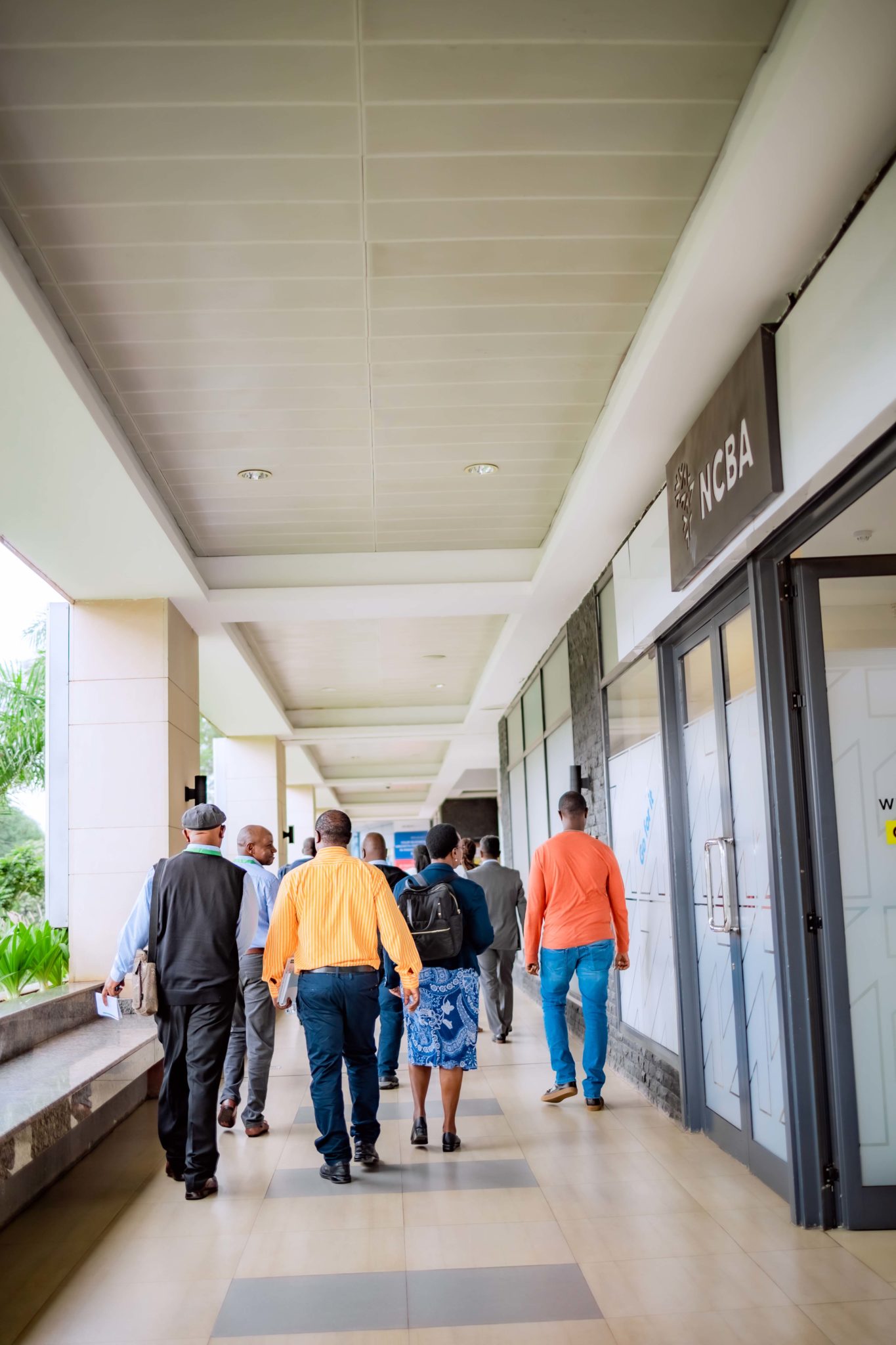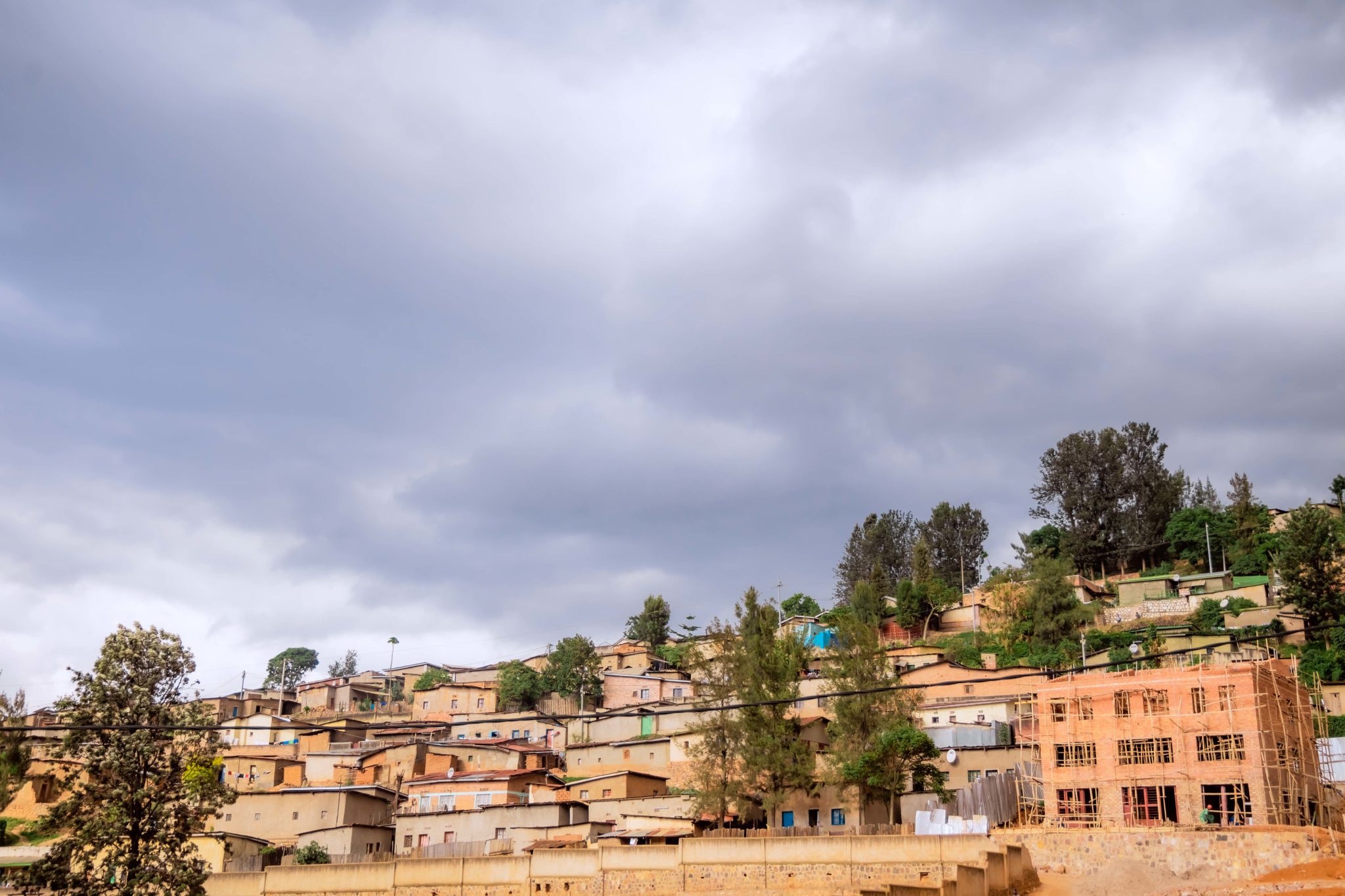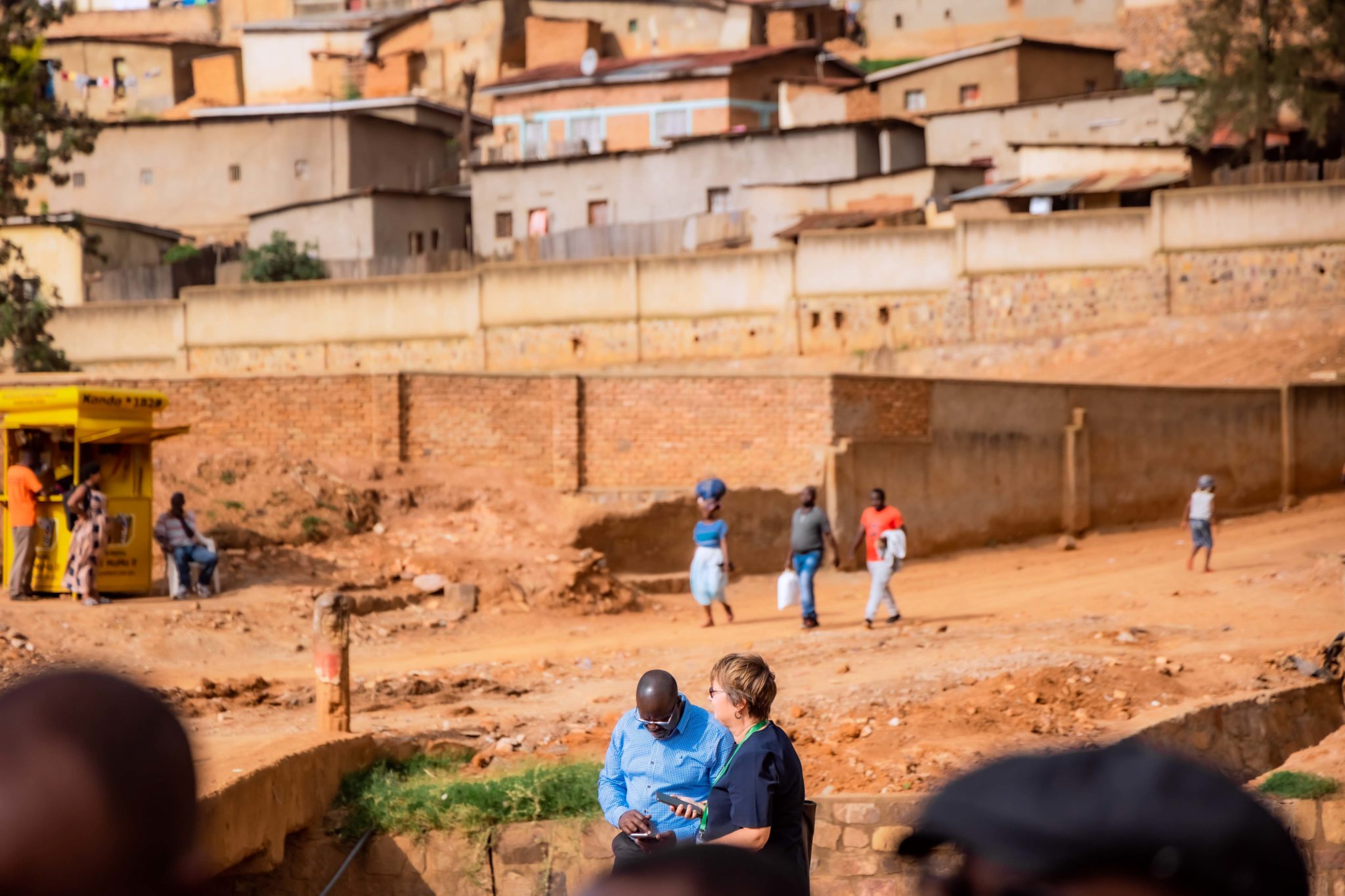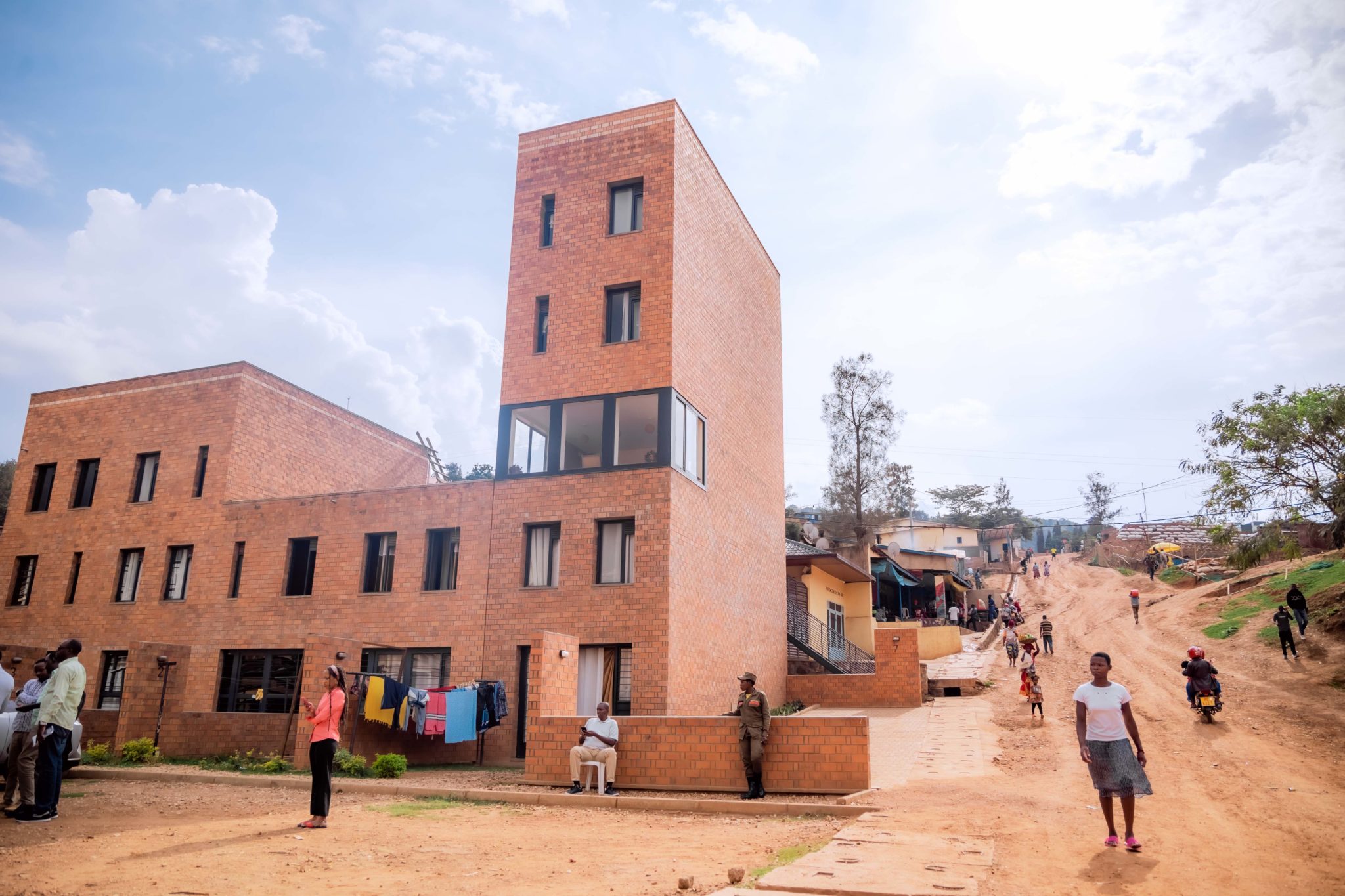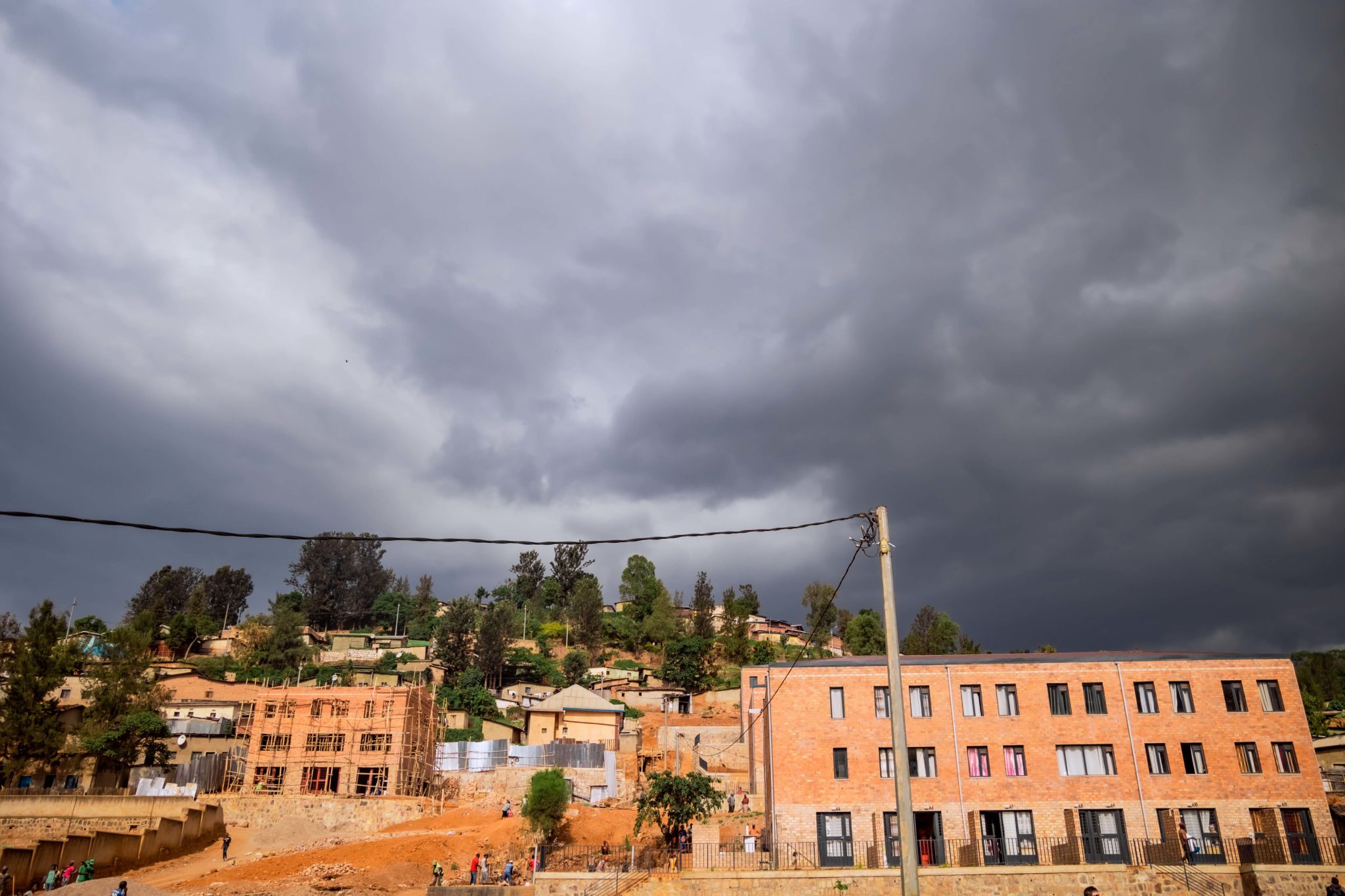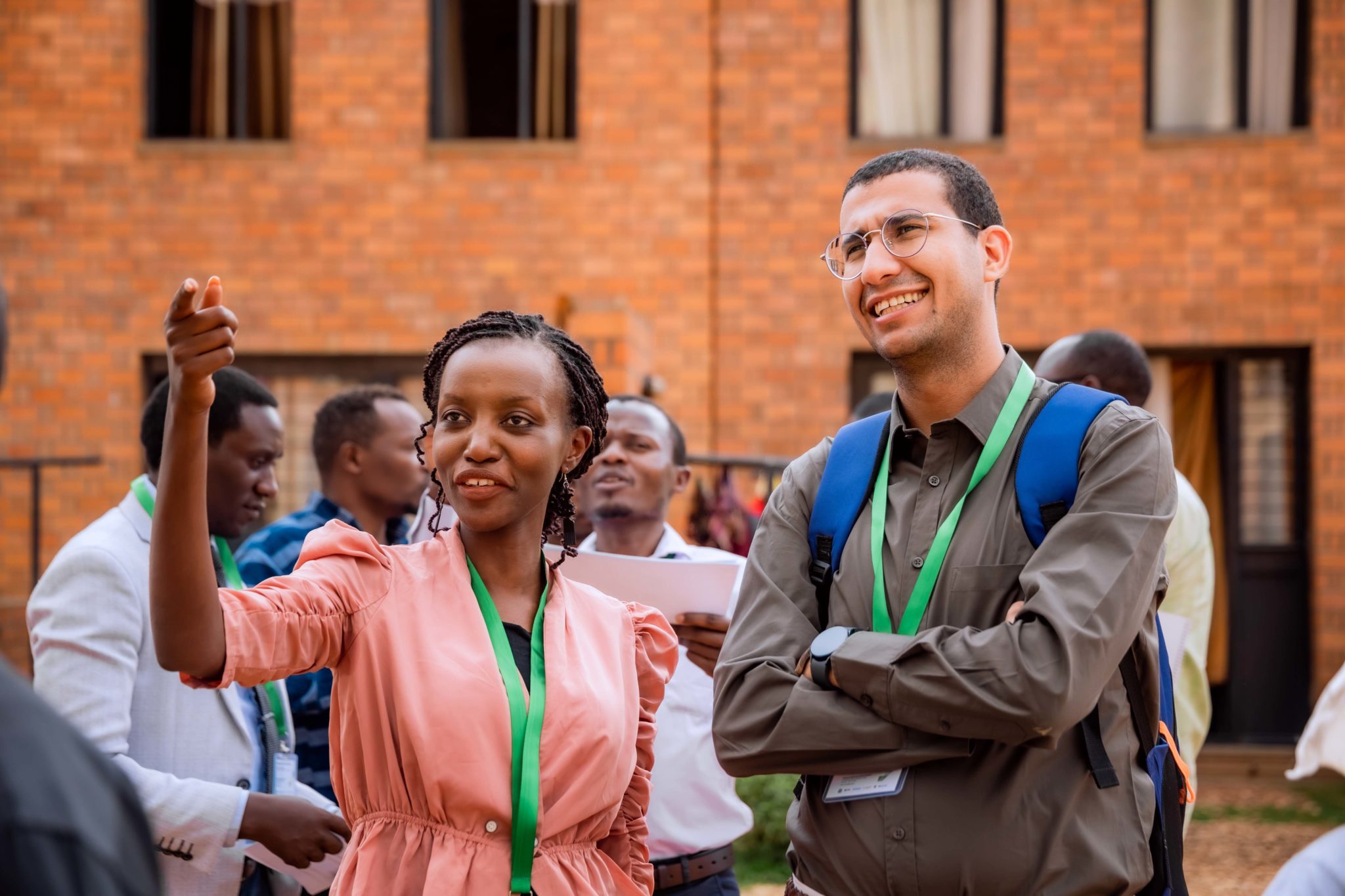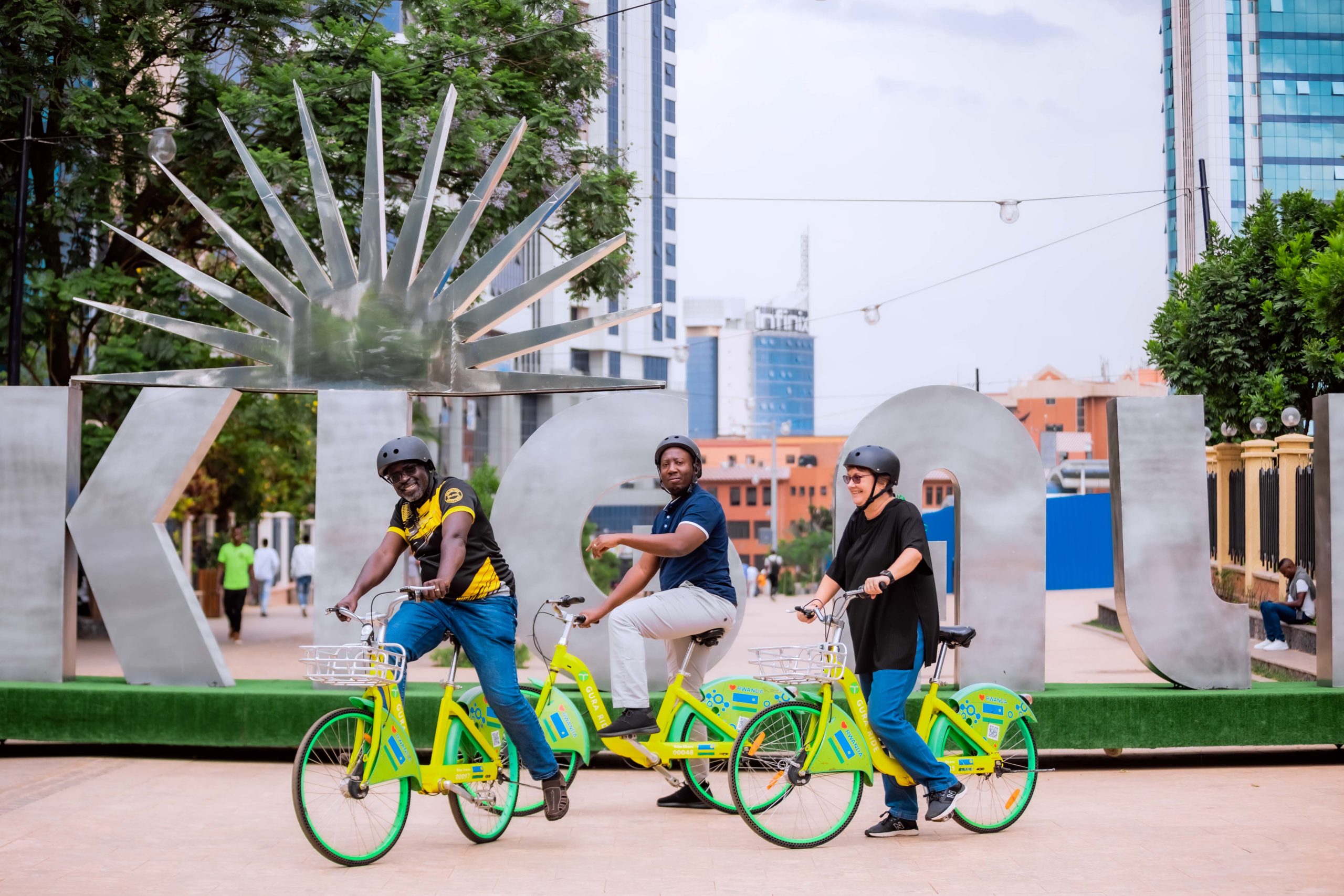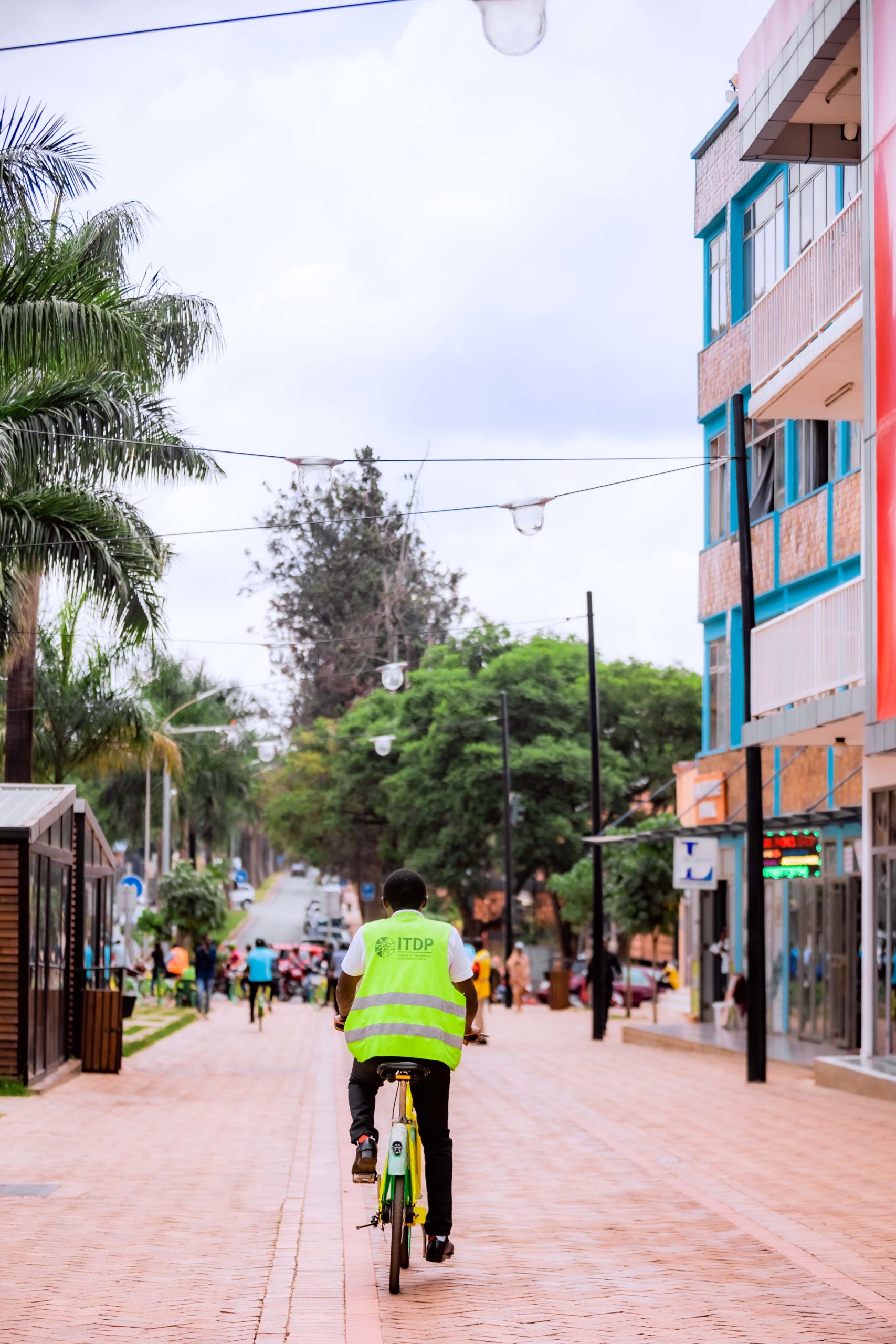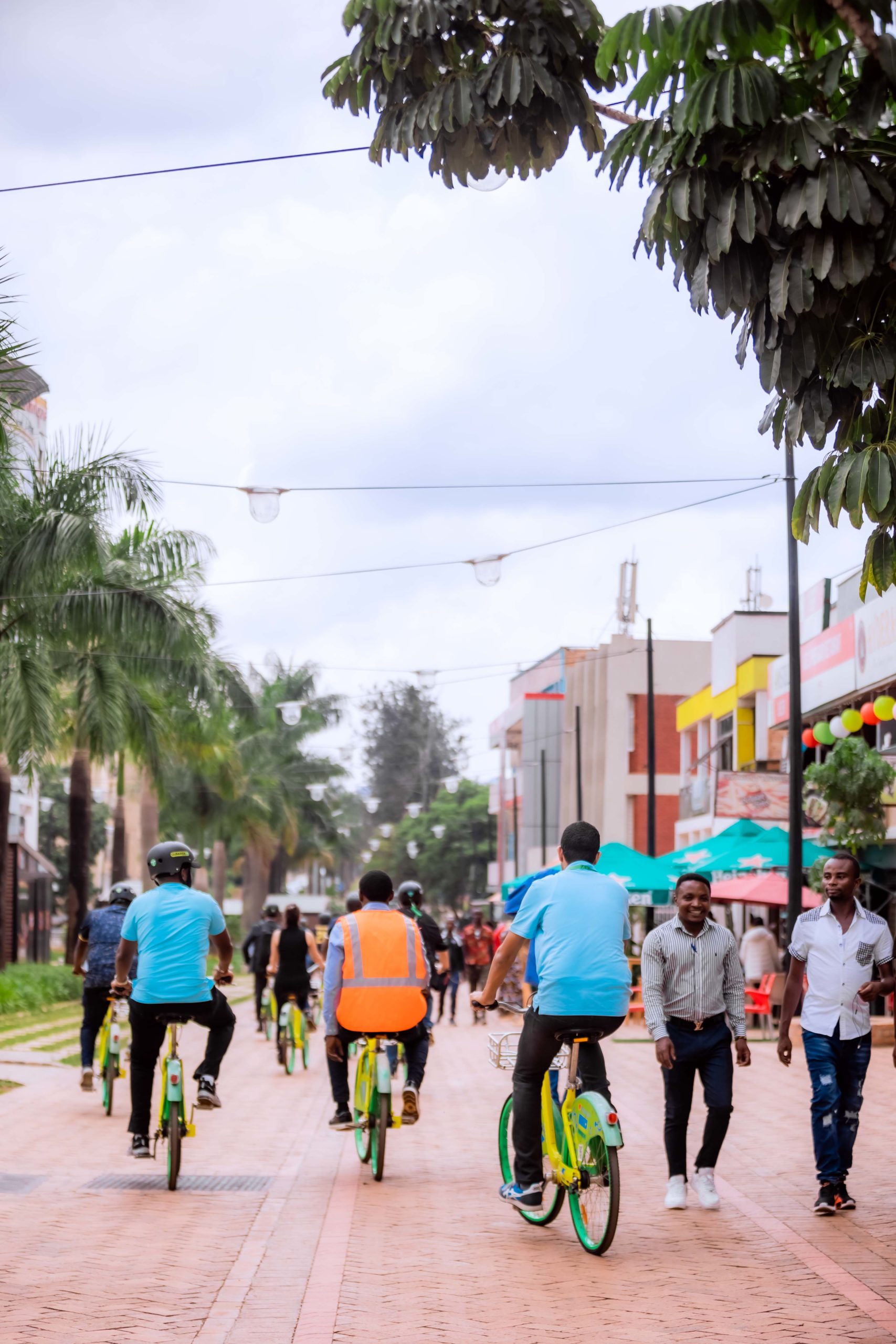November 03, 2022
Transit-oriented development: Planning for diversity and social inclusion

Transit-oriented development is an essential part of urban planning that enables the design and development of urban areas that improve the quality of life by integrating opportunities, activities, and affordable housing in close proximity to mass rapid transit. In recent years, a lack of integration in road transport projects, zoning policies, and commercial development has resulted in urban sprawl, the rise of informal urban settlements that lack essential amenities, and car-oriented cities that lack urban spaces and walking and cycling facilities.
To address the challenges and opportunities in implementing transit-oriented development (TOD) in African cities, the Institute for Transportation and Development Policy (ITDP) and the United Nations Human Settlements Programme (UN-Habitat), with support from the International Climate Initiative (IKI) and High-Volume Transport Programme (HVT) organised a conference under the theme Transit-Oriented Development: Planning for Diversity and Social Inclusion, in Kigali, Rwanda. The conference, held from 19-21 October 2022, brought together 70 transport, urban planning, and affordable housing experts from Egypt, Ethiopia, Kenya, Uganda, Rwanda, and Tanzania.
Cecilia Andersson, Urban Mobility Lead, Urban Basic Services Section, UN-Habitat, opened the conference. She outlined the key principles of TOD, including the implementation of quality mass rapid transit systems, walkable streets, and mixed-use development. Together, these elements can help improve access to opportunities and services, promoting equality, safety, and sustainability.

In his opening statement, Vice Mayor of Urbanisation and Infrastructure Dr Merard Mpabwanamaguru welcomed the delegates to Kigali and outlined key strategic initiatives of the city. These include the adoption of the Kigali Master Plan 2050, which defines public transport corridors anchored by bus rapid transit (BRT); zoning regulations ensuring dense, mixed-use developments along those transport corridors; and pedestrian-friendly built-form guidelines. Together, these policies aim to ensure that 80 percent of urban residents are within 500 m of frequent public transport services.
Solange Muhirwa, Chief Urban Planner, City of Kigali, delved into the implementation and adoption of the Kigali Master Plan, which includes inclusionary zoning promoting mixed-use and mixed-income development with appropriate services and amenities. The city also reduced setback requirements to allow for denser development. The Government of Rwanda approved a RWF 290 billion Affordable Housing Fund to put up houses for low-income earners payable over 25 years instead of the current 10 to 20 years. Investors pay 10 percent interest instead of the usual 17 percent. The fund targets middle-income workers earning between RWF 200,000 and RWF 700,000 per month. The Master Plan also includes parking maximums and promotes shared off-street parking facilities. ITDP and UN-Habitat are working with the city to develop a parking management strategy encouraging hourly, demand-based pricing, an efficient online payment system, and IT-based enforcement.
Learn more about the principles of TOD and TOD scoring here
The ITDP Africa urban planning team, Maureen Kinyua and Stanley Chanzu, presented on the eight principles of TOD and the method for evaluating buildings using the TOD Standard. Participants then went out to score three buildings in Kigali: Kigali Heights, Norrsken Kigali, and the CHIC Building.
Norrsken Kigali is accessible via different modes including walking, cycling, and public transport and has no compound walls. The property has increased the available footpath width, thereby improving pedestrian access around the space. Key areas of improvement include having more active frontages, more open and direct connectivity across the property, and complementary mixed uses such as commercial and housing.
At the CHIC Building, key features that stood out included active frontages, connections through the building, universal access inside the building, and a strategic location next to the city centre bus terminal. Potential areas of improvement included better access via cycling, a reduction of the car parking supply, and encouraging a mix of complementary uses including residential spaces.
At Kigali Heights, key features included universal access via public transport modes, lack of compound walls, built form that allows for “eyes on the street,” permeable and active frontages, an arcade providing shade for pedestrians, and complementary uses. The building also had a mix of commercial and office use. Adding residential uses and reducing the number of parking spaces could make the building more TOD-friendly.
The second day of the conference, focusing on sustainable transport and affordable housing, was officially opened by the City Engineer, Emmanuel Asaba, who reiterated the city’s mission to be more inclusive, equitable, and sustainable. Dr Edwin Mhede, Chief Executive of the Dar es Salaam Rapid Transit Agency (DART), presented on the planning, implementation, and TOD aspirations of the Dar es Salaam BRT system. The city aims to build 154.4 km of trunk corridors in six phases by 2030. The completed phase one operates with 210 buses and has a corridor length of 20.9 km. The phase 2 infrastructure is 70 percent complete and spans 20.3 km. Road works on the 20.33 km phase 3 have started. The BRT network also includes high-quality non-motorised transport infrastructure. Ridership has increased from 3.8 million in 2016 to 5.7 million in 2022, with revenues increasing by 61 percent to TZS 65.4 million in the last year, enabled by an increase in the number of buses and improved operational efficiency. The DART agency has moved towards gross-cost contracting with the addition of a second operator in phase 1 of the system. Plans to fully automate the payment system are ongoing and passengers can now book tickets via the Dar City Navigator app.
ITDP is currently collaborating with DART, the Ministry of Lands, and various municipalities on a transit-oriented development strategy for the city, with a focus on the BRT corridor and station areas. At the corridor level, the plan aims to ensure that development at one station complements development at other stations. The station area plans focus on improvements in utility infrastructure, intensification of land uses, and safe access to BRT stations for all users. The development of a special planning zone with supporting policies and regulations along the BRT corridor will guide elements such as zoning, parking maximums, and building facades.
Next, the conference explored the approach to affordable housing and informal settlement upgrading projects in Kenya, Tanzania, and Rwanda. Among the featured projects was Kigali’s Mpazi Rehousing Project, a participatory scheme where plot owners in agreement with the government exchanged their plots of land for upgraded, affordable, and densified housing. The conference participants got the opportunity to visit the Mpazi site and engaged with the City of Kigali officials on how the project would be scaled. Key interest areas included how to keep construction costs low, community engagement, and incorporating amenities such as sewage systems and stormwater drainage.
The final day involved a presentation by Emmanuel Rukundo from the City of Kigali on the implementation of car-free zones. Conference participants took part in a bike ride and walking tour to the Imbuga and Biryogo car-free zones. The city successfully pedestrianised KN 4 Ave in the Kigali CBD in 2015, which was thereafter upgraded with paving, kiosks, public benches, landscaped green areas, a bike lane, and bikeshare stations. The street was later renamed the Imbuga City Walk. Tactical urbanism and community engagement contributed to the success of the zones, which have led to an improvement in the shopping experience and business sales. The Biryogo car-free zone serves as a local food market with restaurant seating filling the lively streets. Car-free zones promote quality of life essentials in urban areas, promoting safety, physical and mental well-being, and a sense of community. Kigali envisions green corridors and greenways that connect the city and greening and planting of trees on the streets to provide natural relief to the built environment.
Going forward, ITDP and UN-Habitat will continue working with local experts and government officials in African cities to promote safe, balanced, and vibrant neighbourhoods; short and well-connected pedestrian and cycling networks; densities that ensure strong customer bases for local services and public transport; and minimal car traffic and parking interference.


